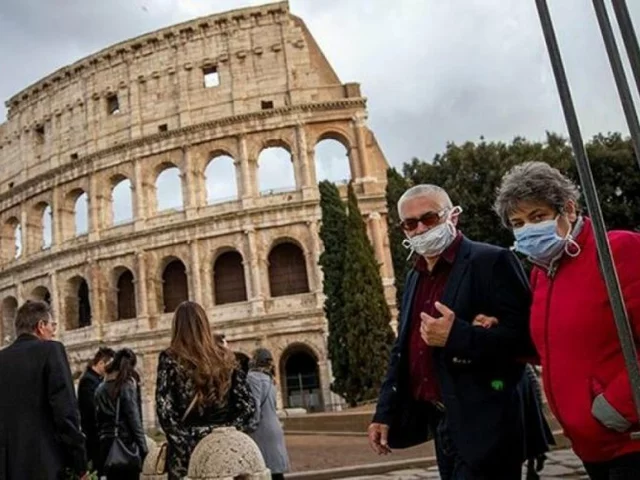Infrastructure in India: Projects that Move Property Markets
Good infrastructure turns a forgotten plot into a hot neighbourhood. Roads, metro lines, airports, power and internet connectivity change how people live and where businesses choose to locate. On this tag page you’ll find the latest updates, clear explanations, and practical tips on how infrastructure affects real estate choices across India.
If you own property or plan to buy, track projects near your area. A new highway or metro stop can cut commute times, raise rents, and lift resale prices. But timelines matter: announced projects sometimes face delays or scope changes, and those shifts affect value.
Why infrastructure matters for buyers and investors
Better transport reduces travel time and pushes demand for housing nearby. Reliable power and water supply make homes and offices usable without constant backups. Digital connectivity supports work-from-home and modern services, which buyers now expect. Commercial developers follow public works—industrial parks, logistics hubs and ports create jobs, which in turn boost local housing demand.
Government schemes such as large-scale freight and transport plans speed up connectivity in many corridors. That can steer long-term growth to certain cities and suburbs. But don’t assume every announced corridor will deliver quick returns. Check project approvals, funding, and contractor progress before betting on price jumps.
Quick checklist for spotting good infrastructure-driven opportunities
1) Proximity and commute time: Measure actual travel time to your workplace, not just distance. A 30-minute metro ride beats a 2-hour car journey on a bad road.
2) Project status: Look for land clearance, environmental approvals, and budget sanctioning. Projects with visible site work are safer bets than those only in press releases.
3) Local facilities: Schools, hospitals and markets often arrive after major transport links. If basic amenities are missing, factor the wait into your investment timeline.
4) Developer and contractor track record: Reputable contractors finish complex projects more reliably. Check past delivery records and local news for disputes or delays.
5) Zoning and master plans: Confirm the area's land use rules. A planned industrial zone next to a residential complex may change living quality and prices.
If you’re buying to live, prioritize convenience and utilities. If you’re investing, assess rental demand, tenant profile, and how soon infrastructure will boost occupancy. Short-term speculation on announcements is risky; a three-to-five-year horizon often matches infrastructure timelines better.
This tag brings together news, project updates, and smart takes focused on how infrastructure shapes property decisions in India. Bookmark it to stay practical: read project updates, compare neighbourhoods, and use the checklist before you sign any papers.

How is the prime minister of India?
The Prime Minister of India is the head of the Government of India and the leader of the executive branch of the Indian government. The current Prime Minister is Narendra Modi, who was sworn in as the 14th Prime Minister of India on May 26, 2014. He is the first prime minister to serve a full five-year term since the late P. V. Narasimha Rao. Modi has been credited with numerous accomplishments during his tenure, including the implementation of numerous economic reforms, the expansion of infrastructure, and the promotion of diplomacy.




